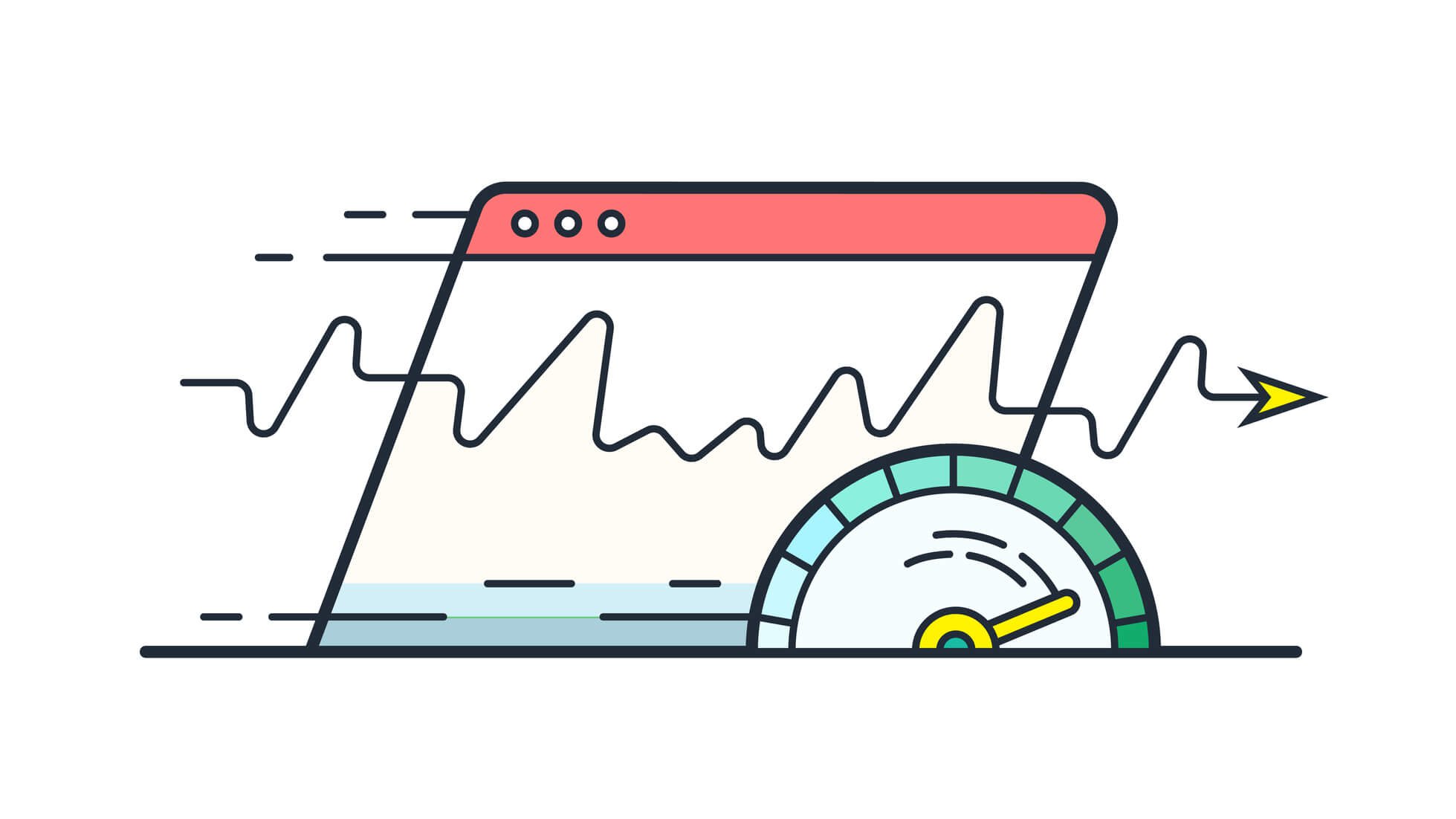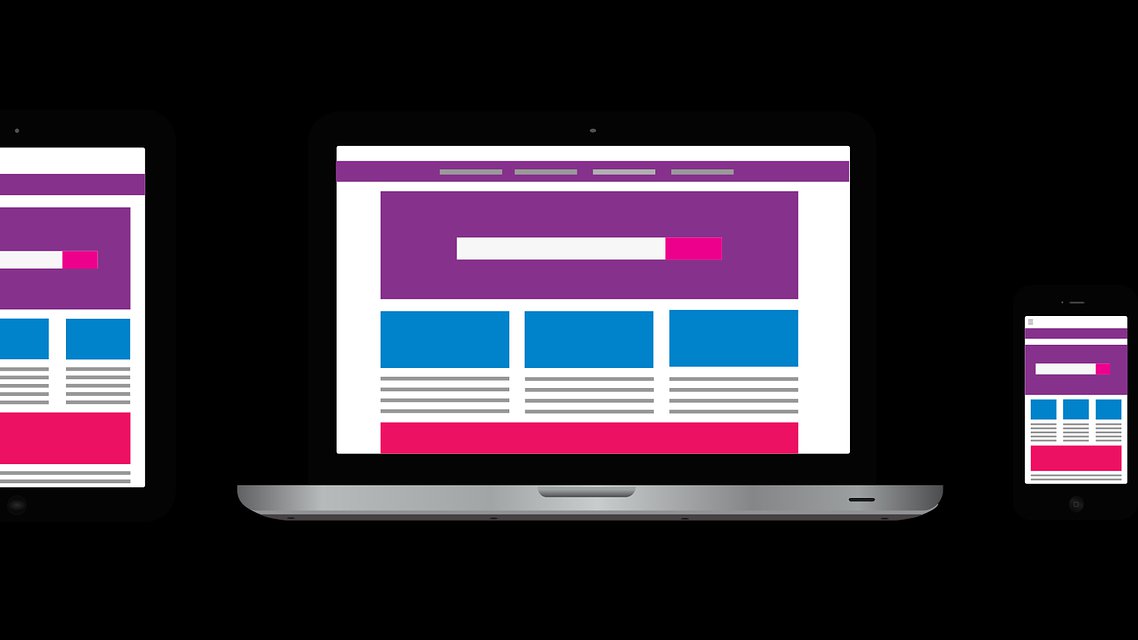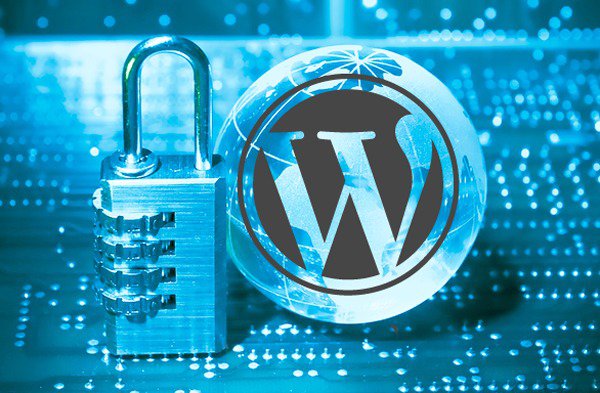Imagine discovering that your precious website is compromised and infected with malware. Your hard work, resources, and reputation are all at risk. But fear not! This comprehensive guide will provide you with the knowledge and strategies required to successfully remove malware from your website, ensuring that it is safe once more. Stick around as we delve into the world of malware removal techniques and best practices. And with support from Managed-WP’s team of experts, you can be assured that your website will be back on track in no time.
Table of Contents
- Understanding Malware Threats
- Proactive Measures to Avoid Website Hacking
- Detecting Signs of Malware on Your Website
- Malware Removal Techniques
- How Managed-WP can Help
- Frequently Asked Questions
Understanding Malware Threats
Being a website owner, it’s essential to understand the risks associated with malware. Malware is any software specifically designed to harm or exploit computer systems, networks, or users. It can come in various forms, such as:
- Viruses: Self-replicating programs that infect files and spread across systems.
- Trojans: Malicious programs designed to look like legitimate software, but harm the system when executed.
- Worms: Self-replicating malware that replicates itself, usually without manual intervention.
- Ransomware: A type of malware that encrypts files until a ransom is paid.
- Adware: Unwanted software that displays ads on a user’s screen.
Malware infections can lead to unwanted consequences such as data loss, theft of sensitive information, a damaged reputation, and even legal repercussions. Hence, cybersecurity must be a top priority for all website owners.
Proactive Measures to Avoid Website Hacking
To minimize the chances of a malware attack, consider implementing these preventative measures on your website:
1) Keep Your Software Up-to-Date
Ensure that your website software, plugins, and themes are always updated, as outdated software is a common target for hackers.
2) Use Strong Passwords
Utilize strong and unique passwords for all of your website accounts. Avoid using easy-to-guess combinations and change your passwords regularly.
3) Implement a Firewall
A web application firewall (WAF) can protect your website by filtering and monitoring HTTP traffic and blocking malicious attacks.
4) Monitor User Access
Restrict access to your site’s admin area by creating separate logins for each user and limiting privileges to only what’s necessary.
5>) Regularly Backup Your Website
Regular backups are crucial in the event of a hack or malware infection, as they allow you to restore your website to a prior clean version.
6) Use Secure File Transfer Protocols
Transfer files to and from your website using secure protocols, such as SFTP or FTPS, to prevent unauthorized access and data theft.
7) Educate Users
Ensure that those with access to your website are aware of security best practices, including avoiding phishing scams and using secure connections.
Detecting Signs of Malware on Your Website
It’s essential to proactively monitor your website for signs of malware infections. Common indications include:
- Unexpected website behavior or content changes
- Slow website performance and frequent downtime
- Unusual admin account activity
- New or unfamiliar website files
- Alerts from Google Search Console or other security tools
Early detection of malware increases the likelihood of successful removal and minimizes the risk of serious consequences.
Malware Removal Techniques
Once you’ve identified a malware infection, follow these steps to remove the malware and secure your website:
1) Quarantine your website
Temporarily take your website offline to prevent further damage and additional infections. Create a backup of your site, but be aware that it may also contain malware.
2) Scan your website
Utilize a reputable malware scanner to pinpoint infected files within your website. This will help you determine which files need to be addressed.
3) Remove infected files and code
Carefully review your website’s files and eliminate all suspicious code and files that are flagged as malware. If unsure, consult a cybersecurity expert for assistance.
4) Restore from a clean backup
If available, restore your website from a clean backup and ensure all software, plugins, and themes are up-to-date.
5) Update credentials and access rights
Change all of your website’s passwords and user access rights. This ensures that hackers can’t regain access using stolen credentials.
6) Test and monitor your website
Thoroughly test all aspects of your website to ensure proper functionality. Monitor your site closely to detect any signs of lingering malware or unauthorized access.
How Managed-WP can Help
Managed-WP is dedicated to providing top-notch security and assistance for WordPress websites. Our expert team works tirelessly to protect and secure your site against malware infections.
By choosing Managed-WP, you’ll gain access to:
- 24/7 monitoring and protection from our expert security team
- Automated daily backups and one-click restore options
- Free malware removal and hack repair services
- Exclusive security features, such as two-factor authentication and IP blocking
- Personalized support and expert guidance
With Managed-WP, you can have peace of mind knowing that your website is in safe hands. Learn more about our services at https://managed-wp.com.
Frequently Asked Questions
-
How can I be sure my website is truly malware-free?
After following the malware removal steps, you should use a reliable malware scanner to ensure no infected files remain. Monitor your website closely and utilize proactive security measures to minimize the chances of future attacks.
-
What can I do if I don’t have a clean backup to restore?
If you don’t have a clean backup, you’ll need to manually remove the malware and infected files from your website. Alternatively, seek assistance from a cybersecurity professional.
-
How often should I update my software and plugins?
Update your software and plugins regularly, ideally as soon as new updates become available. Outdated software often contains vulnerabilities that can be exploited by hackers.
-
How can I stay informed about malware threats and cybersecurity?
Follow reputable cybersecurity blogs, subscribe to newsletters, and stay updated about the latest threats and developments in the industry.
-
How can I ensure my users stay safe when visiting my website?
Keep your website software up-to-date, utilize strong and unique passwords, implement a firewall, limit user access, and employ HTTPS to protect user data. Educate your users about cybersecurity best practices.
In conclusion, managing a website can be challenging, especially when faced with malware threats. However, by following the advice in this guide and employing proactive security measures, you can reduce the risk of malware infections and ensure your website remains safe and secure. Remember, the experts at Managed-WP are always here to help, providing top-notch security services and support for your WordPress website.
















